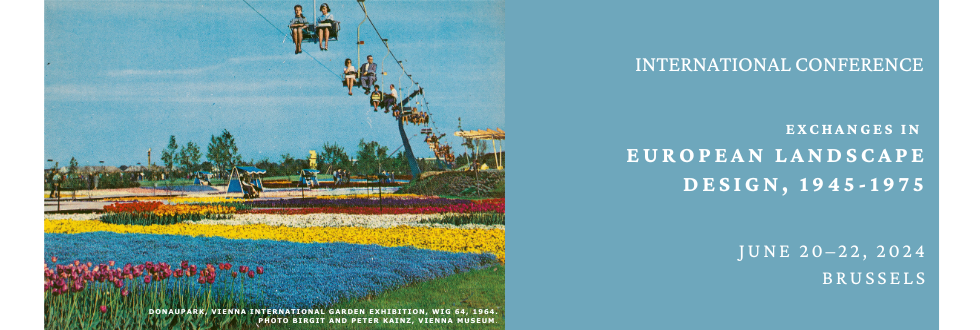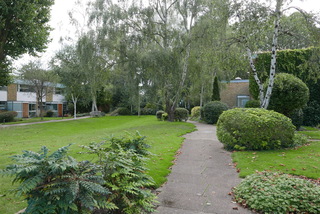
|
|
|
Abstracts > Jan Woudstra
Post-war European influences on British landscape architecture - Jan Woudstra (University of Sheffield)
Though Britain had ‘won the Second World War’, years of austerity followed as there was a need to rebuild the extensive war damage while financial resources were restricted. Damage had concentrated primarily on industrial cities; in addition the Victorian industry needed modernisation; there was a need for housing, and agriculture needed to be revitalised to supply increasing demands for a growing population. The 1951 Festival of Britain became the showcase for a new vision of Britain. New Towns, motorways, the countryside and recreation became the new field of work for landscape designers whom before the war had mostly concentrated on private gardens. The models for this came primarily from abroad. At the continent Sweden and Denmark provided innovative models for housing that emphasised a proximity to nature and where because there had been lesser war damage, design detail and planting had progressed and was at a higher standard. The Netherlands provided a model for landscape planning, while from the 1960s the German industrial revival provided new models for regeneration and setting of industry. Landscape architects of this period included Brenda Colvin, Brian Hackett, Sylvia Crowe, Lady Allen of Hurtwood, Frank Clark, Elizabeth Beazley, Peter Shepheard, Cliff Tandy, and Geoffrey and Susan Jellicoe.

SPAN (Michael Brown and Ivor Cunningham), Fieldend, Twickenham, 1961. (Photo: Jan Woudstra)

